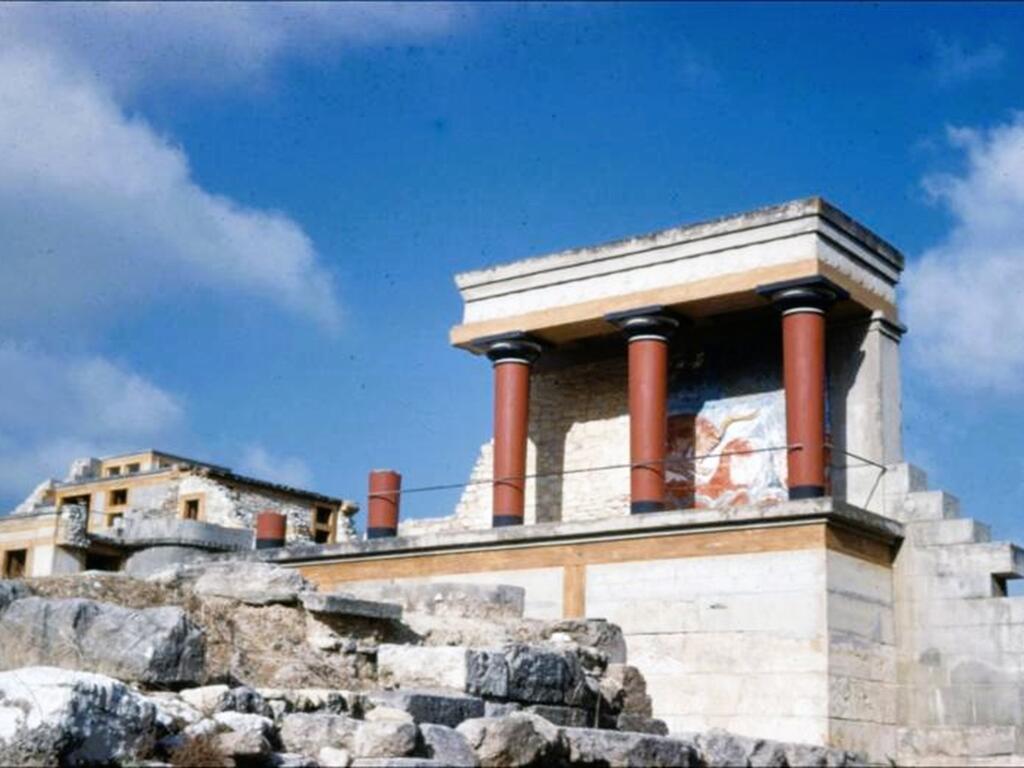A Rhodes College team made up of art history associate professor Dr. Miriam Clinton, students in Clinton’s Greek art courses, and visual resources curator Rosie Meindl have digitized and cataloged more than 350 35mm slides created by renowned archaeologist Dr. Leyland Hugh Sackett (1928-2020).
Sackett traveled throughout Greece from the 1950s to the 1980s, leading excavations and documenting some of the country’s most important ancient sites as well as its modern culture. He was honored with the Archaeological Institute of America’s Gold Medal in 2014 for his fieldwork and taught courses in archaeology at the British School of Athens and the Groton School in Groton, MA.
The images in the Leyland Hugh Sacket Image Collection, which were donated following Sackett’s death, are now available with metadata in Dlynx, Rhodes’ digital archive. In addition, students have curated online exhibitions, and more images and exhibits will be digitized and catalogued in Clinton’s Greek art and architecture classes in the coming years.
“The slides feature images focusing on five main themes—the Greek people and their customs, landscapes of the Greek islands, ancient and modern architecture, Dr. Sackett’s excavations, and documentation of artifacts. Together, these themes form a more complete picture of Greece through Sackett’s lens—not only of his work with ancient materials, but also the national identity of the country spanning three decades,” said art history major Isabella Brewer ’24, one of the students who has been researching Sackett’s work and working on the project to preserve the slides.
“Each exhibit is meant to illustrate a thematic facet found within the slides, from Minoan frescoes and the myth of the Cave of Zeus to the methods used by Dr. Sackett and his team,” added Brewer. “This collection will continue to provide students with an opportunity to conduct hands-on research into the invaluable material captured within Dr. Sackett’s slides and immerse themselves in digital archival work.”
